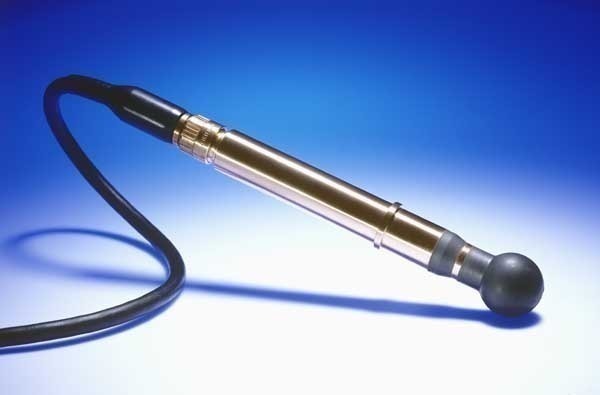The process of obtaining an offshore seismic survey permit begins with an application. This document must be submitted to the Bureau of Ocean Energy Management. The review timeframe will vary depending on the region and the type of survey. BOEM will also need to review incidental take authorizations from the Department of Commerce and the Interior. If these are all granted, the seismic survey can begin.
The Bureau of Ocean Energy Management will then send the permit to the marine exploration company. The seismic survey is a process that involves sending sound pulses into the ocean. The sound waves reflect off of the seafloor and are read by special equipment to determine the potential oil or gas reserves. During the survey, scientists can study the sounds that marine animals make. This information will help them avoid predators and locate mates. The resulting information will then be analyzed to detect oil deposits.
There are several methods of seismographic acquisition. The single streamer cable method is the most basic and cost-effective method. A cable is paid out from the aft of the vessel and towed along a track line. Hydrophones and air guns are used to collect the required data. “Hydrophones are sensors that detect seismic waves in water bodies. They are to water what geophones are to land. They could be coupled with geophones if the seismic line traverses water,” says ‘Mma Azubuike Okezie, Managing Director, Geomarine Systems Limited. The single streamer cable method gives the user a general idea of the subsea surface and is less expensive than a 3D seismic survey.
The Offshore Seismic Survey is the most cost-effective way to map oil and gas reserves. This method works by locating subsurface structures and recording refraction and reflection data. The survey requires more than one source, which is why more WGs are used to collect data. “Seismic survey is the pre-eminent way to map the subsurface to detect the presence of potential oil and gas accumulations. it is the first and most important step in the actual process of oil and gas exploration, of course after the initial gravity survey to find candidate basinal structures,” comments ‘Mma. Besides, the method can image deeper subsurface interfaces. It is a good method to detect oil reserves. However, the process is costly and time-consuming.
The single streamer cable method is the simplest and least expensive seismographic acquisition method. It is the most effective method of acquiring seismic data. Its cost is lower than the 3D method. The single streamer cable method is a cheaper option than 3D. The data from the single streamer cable method will be recorded on one seismic line. It will allow you to map the subsea surface.
A single streamer cable method is a simpler and less expensive way to obtain seismic data. This method uses an air gun or hydrophone to create waves that are created by a single streamer cable. This technique allows for a wide range of applications for offshore oil and gas exploration. There are two main types of offshore seismic surveys: the 2D survey and the 3D mapping. The two-dimensional survey is more expensive than the 3D one.



